Emmett Till’s glass-topped coffin revealed to America it had a problem
When Mamie Till’s 14-year-old son was kidnapped and murdered, she came up with an idea to make sure the world knew what had happened.
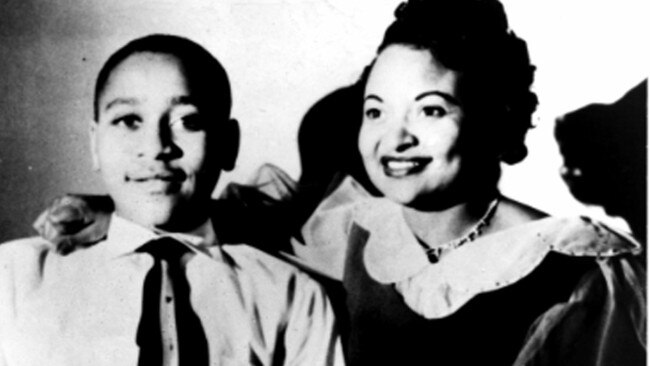
Just one life can mean so much. In his last election, Rwanda’s president Juvenal Habyarimana – whose people lived in extreme poverty and not for long – polled 99.98 per cent of the vote. But on April 6, 1994, one of the 0.02 per cent shot his plane out of the sky. This sparked the Rwandan genocide during which, across 100 days, Hutu militias murdered up to 800,000 Tutsi tribespeople.
Ten years earlier, Indian prime minister Indira Gandhi made herself a target when her soldiers violently evicted Sikh militants and pilgrims from Amritsar’s Golden Temple. Five months later her Sikh guards murdered her as she walked to meet filmmaker Peter Ustinov. Anti-Sikh riots broke out across the country, killing up to 20,000.
And we all know about the assassination of Austria’s Archduke Franz Ferdinand on June 28, 1914, that set the world on fire.
A single lost life can cause chaos and war. It also can change the way people look at the world, perhaps reshaping perspectives, maybe even bringing into doubt hardwired prejudices.
That happened to America in August 1955 when fun-loving prankster Emmett Till travelled to the small town of Money, Mississippi, to see his grandfather.
The teenager went to a shop to buy lollies. Carolyn Bryant served him and, as Emmett walked out, he wolf-whistled at her. Chicago-born Emmett had just made what turned out to be a fatal mistake. Emmett was black. Bryant was white. You’d get away with that in Chicago, but Money was a nasty hotbed of backwater hatreds that unpeeled any illusion of civility.
Emmett, who had turned 14 weeks before, had been warned that Mississippi was dangerous for black people. But the fear and deep hate that intertwined the lives of Money’s white adults were surely beyond the comprehension of a child. Bryant told her husband, Roy, the boy made sexually suggestive remarks and touched her before wolf-whistling. The five relatives with Emmett that day denied this, even though he was in the shop briefly without them.
Bryant did not mention Emmett’s stutter. But her claims were a death sentence. Roy Bryant and his half-brother, JW Milam, tracked down Emmett and abducted him. They planned “to teach him a lesson”. He was strung up in a barn and tortured. Then they shot the boy in the head, tied him with barbed wire to a 32kg fan and threw him in the Tallahatchie River. A boy out fishing a few days later found Emmett – his bloated, mutilated body was missing all but two teeth, an ear was severed, an eye had been gouged out, his skull crushed.
That single death, the cruelly derisory trial that followed but, more important, the funeral for Emmett sparked the American civil rights movement. Rosa Parks, who famously refused to move from white-designated seats on an Alabama bus on December 1, 1955, was asked why she had been so brave to repudiate segregation that day: “I thought of Emmett Till and I couldn’t go back.”
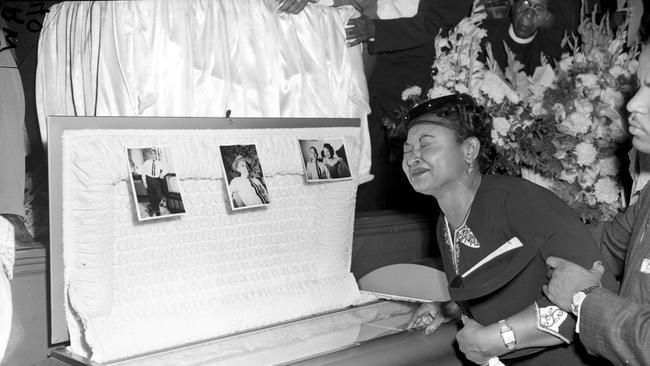
Late last month Carolyn Bryant, whose lies led to Emmett’s lynching, died aged 88 in Louisiana, closing that chapter in the movement that transformed the US. But Emmett’s mother, Mamie Till, is the key woman in this tale. It was she who, at her boy’s funeral, instructed the undertaker to build a coffin with a glass top so the world could see what the townsfolk had done to her son.
That single act lit a fuse under the simmering issue of civil rights. Parks read of it and weeks later had had enough of there being a black world and a white world that existed in parallel with separate rules for each. It had not been 100 days since Emmett Till’s death.
Authorities wanted to bury the boy quickly and locally, but Mamie Till insisted he be returned to his home. She went with the body back to Chicago by train. “Lord, take my soul,” she cried as a box containing her only child, known to family and friends as Bobo, was loaded into the carriage.
It was when she returned to Chicago that she decided on a coffin made for the occasion that would prove without censor what had taken place. More than 50,000 locals from the city’s South Side turned out to witness it. The published photographs of his funeral – some gruesome, some taken from more discreet angles – took Mamie Till’s message to the world. Not only black Americans were shocked. The events made most in the nation shudder.
The betrayal that happened next shamed America, but its cynical abuse of a lopsided judicial system would help end that curse.
No one doubted Bryant and Milam had taken the boy when Emmett had been staying with relatives on the night of the kidnapping. There was a “whites only” drinking fountain at the courthouse overseen by judge Curtis Swango as he swore in jury members JA Shaw Jr, Ed Duvaney, Bishop Matthews, LL Price, Howard Armstrong, Ray Tribble, Davis Newton, James Toole, George Holland, Travis Thomas, Gus Ramsey and Jim Pennington, describing them as “all good and lawful men”. And all white.
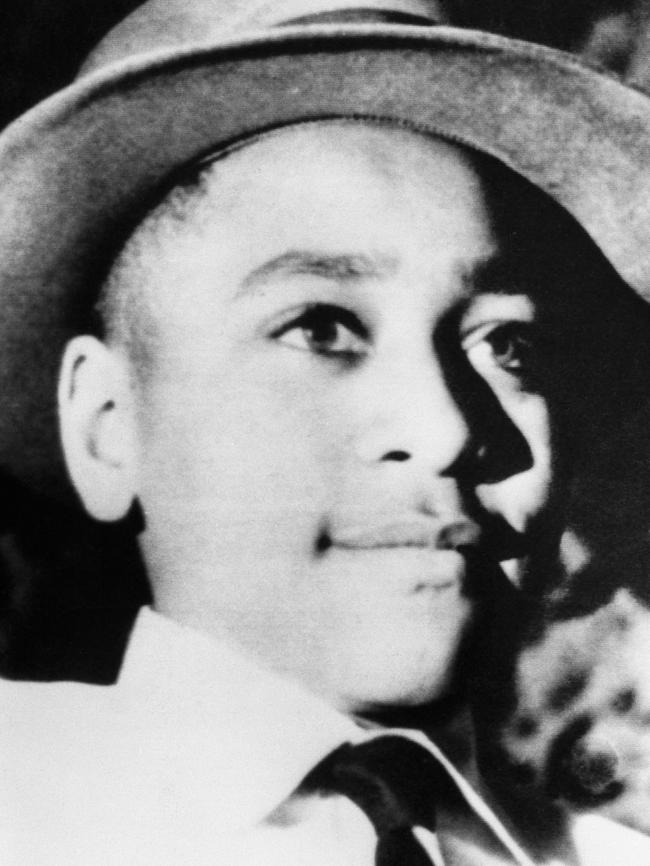
Outside the court, a local, attracted by the number of out-of-town reporters, including from New York and London, said: “I never heard of making such a mountain of a molehill.” The first witness was Emmett’s great-uncle, Mose Wright, at whose home the boys were staying. After 2am, two men with torches, one of them with a pistol, arrived. Wright told the court he “knowed” them: Bryant and Milam. They wanted the boy “who did the talking at Money”. They barged in and shone the torches in each room, asking for Emmett (Wright’s lights weren’t working), found him and told him to get dressed. Wright’s wife offered the men what cash she had to leave Emmett there. They drove him over to Money. The defence lawyer objected to every second sentence of evidence.
When Mamie Till was cross-examined the defence shamefully made much of the fact that she had 10c and 15c life insurance policies on her son. She stood to collect about $300. Had she? “No sir.”
Carolyn Bryant gave evidence that “This nigger man came in the store and he stopped there at the candy case”. She claimed he had grabbed her hand harshly and asked her: “How about a date, baby?” She then claimed he said crudely that he had been with “white women before”. Bryant and Milam each insisted they were innocent. They had taken Emmett away, but just to frighten him, then let him go.
The local sheriff said in his experience the body had been in the water for up to 15 days and was not recognisably Emmett. The embalmer agreed, saying all you could tell was that it was a human being, but it could be anybody. The ring found on Emmett bore the initials LT, not his, and this was used to try to disprove it was his body in the river. The defence lawyer told the jury: “Your ancestors will turn over in their grave, and I’m sure every last Anglo-Saxon one of you has the courage to free these men.”
The jury retired for 67 minutes – one juror said it wouldn’t have taken that long had they not stopped to have a Coke – and found them not guilty. (In 2005, with reports that the body had not been Emmett’s, the glass-topped coffin was exhumed. Of course it was Emmett, and he was reburied.)
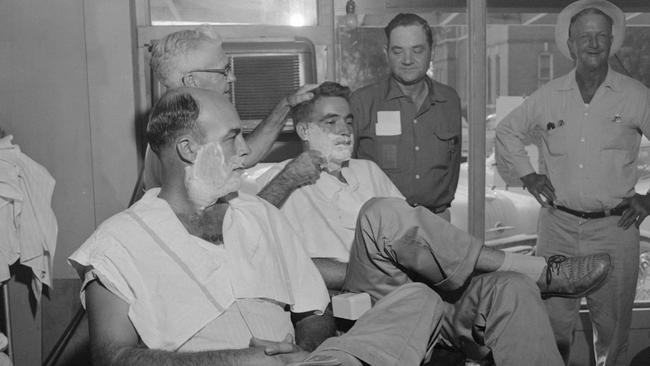
Milam and Bryant celebrated with their wives and a cigar outside the courthouse. The following year the cocky pair was offered $6000 for their story (worth about $180,000 today), and were interviewed by Look magazine, during which they admitted they had murdered Emmett. Years later Bryant confessed: “We done whupped the sonofabitch.” He later added that Emmett had “ruined my life”. They had got away with murder. Bryant’s wife probably falsely testified.
In 1962 Bob Dylan used the melody of House of the Rising Sun to write The Death of Emmett Till, which he performed but never officially released: “If you can’t speak out against this kind of thing, a crime that’s so unjust/Your eyes are filled with dead men’s dirt, your mind is filled with dust.”
The shocked reaction around the world was perhaps best summed up in German newspaper Freies Volk under the headline: The Life of a Negro isn’t Worth a Whistle.
In 2007, Carolyn Bryant admitted to a Duke University historian that she had lied and that Emmett did not deserve to die. When the historian wrote a book about it, she denied the interview. Last June a warrant for her arrest dating back to August 1955 was discovered by researchers. Emmett’s family sought her arrest. The district attorney declined to reopen the case and Bryant, by then Carolyn Donham, was informed last August she would not be charged because the evidence was “insufficient”.
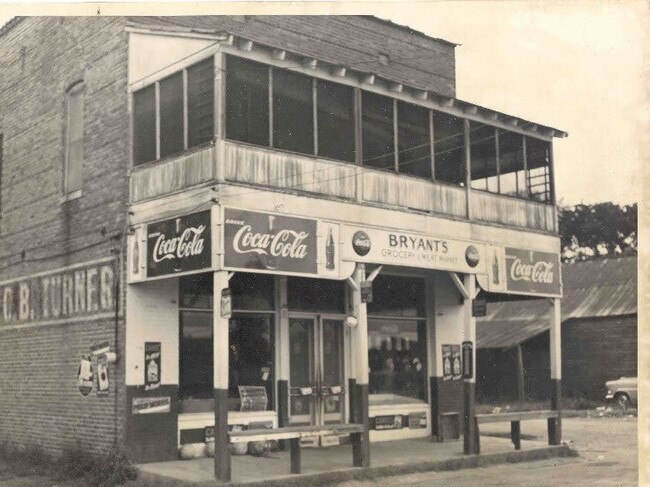

Mamie Till remarried but had no other children. She died of heart failure in 2003 and was buried near her son. After his death she returned to school, completed a degree, became a teacher and remained a civil rights activist for the rest of her life. Posthumously the US Senate awarded her a Congressional Gold Medal.
After being exhumed, Emmett was reburied in a new coffin. The glass-topped model his mother had organised was thoughtlessly discarded in a shed, where it rapidly deteriorated. Possums were living in it when it was rediscovered in 2009. It has been given to the Smithsonian’s National Museum of African American History and Culture in Washington.
Originally, the ring with the letters LT was a sideshow at the 1955 trial. It was the only time the name of Emmett’s biological father, Louis Till, was ever raised. Mamie was asked at the trial:
Q: Is (Emmett’s) father living today?
A: No sir. He died in the service.
Q: He died in service?
A: Yes, sir.
Q: Do you remember the date of his death?
A: Yes, sir; the second of July, 1945.
Q: Where was he when he died?
A: In the European Theatre.
It wasn’t quite that simple. Louis had married Mamie in 1940 but he was a cruel, unfaithful and violent man. Following the birth of Emmett, and after he had been unfaithful once too often, Mamie left him. He returned to attack and bash her. She was given a restraining order, but Louis broke it repeatedly. Facing jail, he was offered the alternative of joining the US Army, which he did.
Stationed in Pisa in Italy in 1945, he and a military colleague raped two Italian women, one of whom Louis shot and killed. They were tried by a military court and sentenced to death. Louis was hanged in Pisa on July 2, 1945. By coincidence, while in the Pisa military jail, he shared a cell with treasonous American poet Ezra Pound, a Jew-hating, fascist sympathiser who supported Adolf Hitler, and who had been jailed for his paid anti-Allied broadcasts from Italy during the war. Pound had been allowed to take meagre possessions with him: three books and an Australian eucalypt seed pod. Assumed to be mentally unstable, he was returned to the US, after which he wrote The Pisan Cantos, a book-length poem in which he mentioned Louis: “Till was hung yesterday/for murder and rape with trimmings”.
All anyone kept of Louis was that ring. At first it was too big for Emmett but, after turning 12, he would use sticky tape on his finger to bulk it up so the ring stayed in place. On their last morning together in Chicago, his mother saw Emmett place it on his finger. He shook his hand. It stayed in place. A proud Mamie told her boy: “Gee, you are getting to be quite a grown man.”


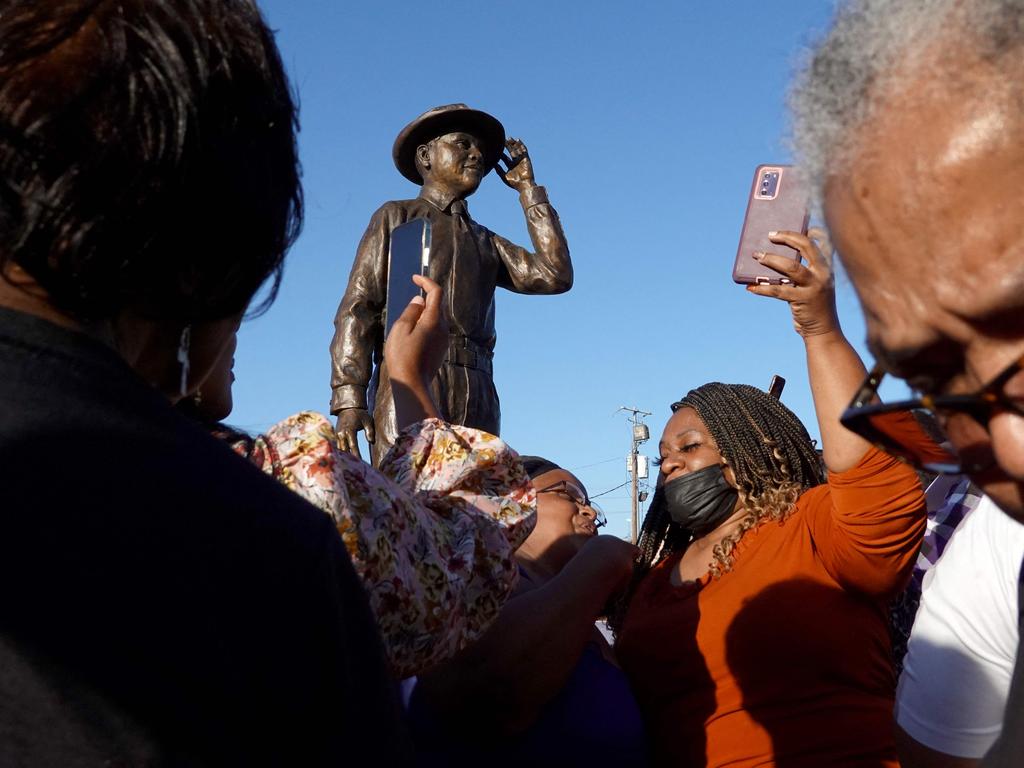

To join the conversation, please log in. Don't have an account? Register
Join the conversation, you are commenting as Logout